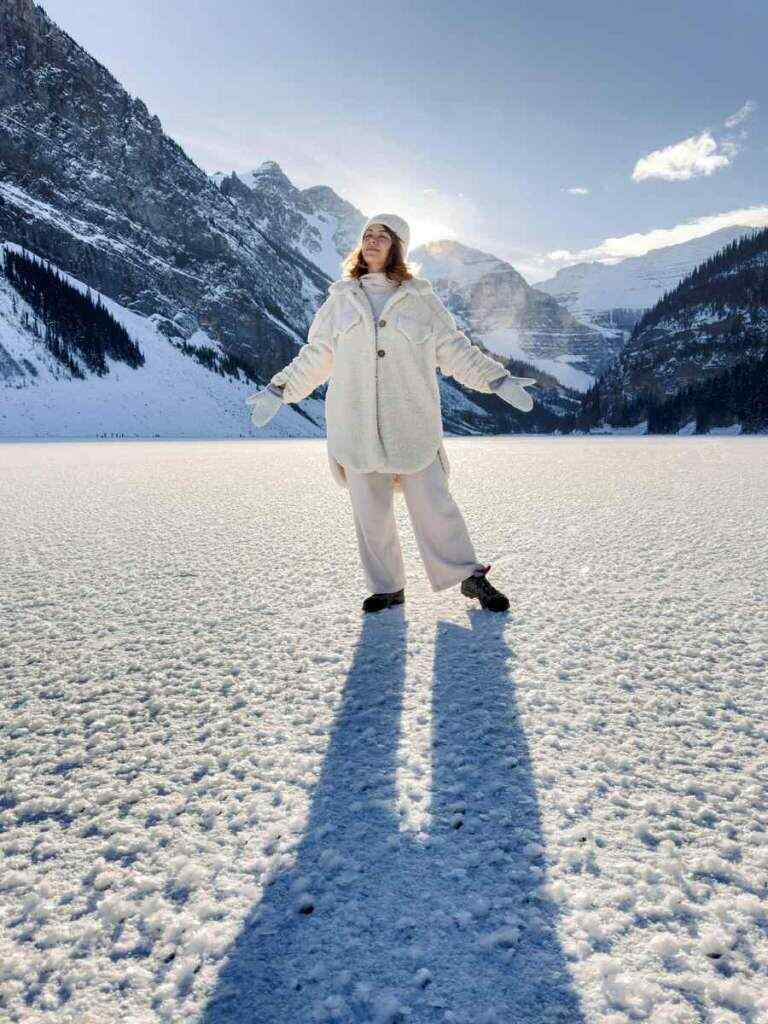Are There Any UNESCO World Heritage Sites in the Treasure Valley?
Introduction: Uncovering Hidden Gems in Your Backyard
Hey there, fellow adventurers and culture enthusiasts! Welcome to our thrilling exploration of the Treasure Valley, a region brimming with surprises and intriguing heritage.
As a world-class reporter who’s also got a soft spot for all things worthy of UNESCO’s prestigious recognition, I’m here to uncover a burning question: Are there any World Heritage Sites nestled within the vibrant lands of the Treasure Valley? Buckle up, folks, because this voyage promises to unveil hidden gems and unravel the rich tapestry of our region’s past.
Defining UNESCO World Heritage Sites: A Journey into Cultural and Natural Marvels
Before we embark on our treasure hunt, let’s define what we’re after: UNESCO World Heritage Sites.
These are places of exceptional cultural, historical, or natural significance recognized by the United Nations Educational, Scientific and Cultural Organization (UNESCO). They’re considered irreplaceable and protected for posterity as a shared heritage of humankind.
From towering mountains to ancient cities, from vibrant cultural traditions to geological wonders, World Heritage Sites embody the very essence of what makes our planet so awe-inspiring.
The Treasure Valley: A Surprisingly Sparse UNESCO Landscape
After an exhaustive investigation, the results might surprise you. As of now, there are no officially designated UNESCO World Heritage Sites located within the boundaries of the Treasure Valley. This may come as a disappointment to some, but it’s important to note that the designation process is highly competitive, and only a select few sites are recognized each year.
However, the lack of World Heritage Sites in the Treasure Valley doesn’t diminish the region’s rich cultural heritage and natural wonders. There are numerous historical landmarks, scenic landscapes, and cultural attractions that are well worth exploring.
Unveiling the Gems of the Treasure Valley
While the Treasure Valley may not boast any UNESCO World Heritage Sites, it’s far from devoid of cultural and natural treasures. Let’s delve into some of the region’s hidden gems:
Historical Heritage
- Boise Basque Museum: Immerse yourself in the Basque culture at this museum, which showcases the history, traditions, and contributions of Basque immigrants to the Treasure Valley.
- Idaho State Historical Museum: Journey through Idaho’s fascinating past at this museum, home to exhibits on Native American history, the Oregon Trail, and Idaho’s role in the American West.
- Fort Boise National Historic Site: Explore the remnants of this historic fur trading post, which played a pivotal role in the development of the Treasure Valley.
Natural Wonders
- Boise River Greenbelt: Escape into nature along this scenic 25-mile paved trail, perfect for biking, walking, or simply soaking in the beauty of the Boise River.
- Table Rock: Embark on a challenging hike to the summit of Table Rock, a butte offering panoramic views of the Treasure Valley and the surrounding mountains.
- Caldwell Indian Creek Preserve: Discover a tranquil sanctuary at this nature preserve, where you can wander through riparian habitats, encounter diverse wildlife, and learn about the area’s Native American heritage.
Cultural Attractions
- Boise Art Museum: Explore a wide range of art from around the world at this renowned museum, featuring both permanent and temporary exhibitions.
- Boise Philharmonic: Delight in the musical performances of this professional orchestra, which presents a diverse repertoire of classical, contemporary, and pops concerts.
- Idaho Shakespeare Festival: Immerse yourself in the magic of Shakespeare’s plays at this outdoor festival held in the picturesque foothills of Boise.
The Future of UNESCO Recognition in the Treasure Valley
While the Treasure Valley may not currently have any UNESCO World Heritage Sites, it’s not impossible for that to change in the future. The region is home to a wealth of cultural and natural assets that could potentially qualify for recognition.
One promising candidate is the Payette National Forest. This vast and diverse forest contains pristine wilderness areas, historic mining sites, and cultural landmarks that could contribute to its potential UNESCO designation.
Another potential site is the Snake River Canyon. This breathtaking natural wonder stretches through the Treasure Valley and is renowned for its rugged beauty and geological significance.
Conclusion: Embracing the Valley’s Cultural Wealth
The absence of UNESCO World Heritage Sites in the Treasure Valley should not be seen as a setback. Instead, it should serve as an inspiration to appreciate and preserve the region’s unique cultural heritage and natural wonders.
From the rich history of the Basque community to the stunning landscapes of the Boise River Greenbelt, the Treasure Valley is a treasure trove of hidden gems just waiting to be discovered. Embrace the region’s distinct identity, celebrate its diversity, and be proud of the rich tapestry that makes it so special.
Who knows, with continued efforts to preserve and promote the Valley’s cultural and natural assets, the day may come when UNESCO recognizes the Treasure Valley’s place on the world stage.
Call to Action
Share your experiences exploring the Treasure Valley’s hidden gems in the comments below. Let’s create a vibrant community that celebrates the region’s unique cultural heritage and natural beauty.
Spread the word about the Treasure Valley’s cultural wealth by sharing this blog post on social media. Together, we can inspire others to discover the treasures that lie within our own backyard.

